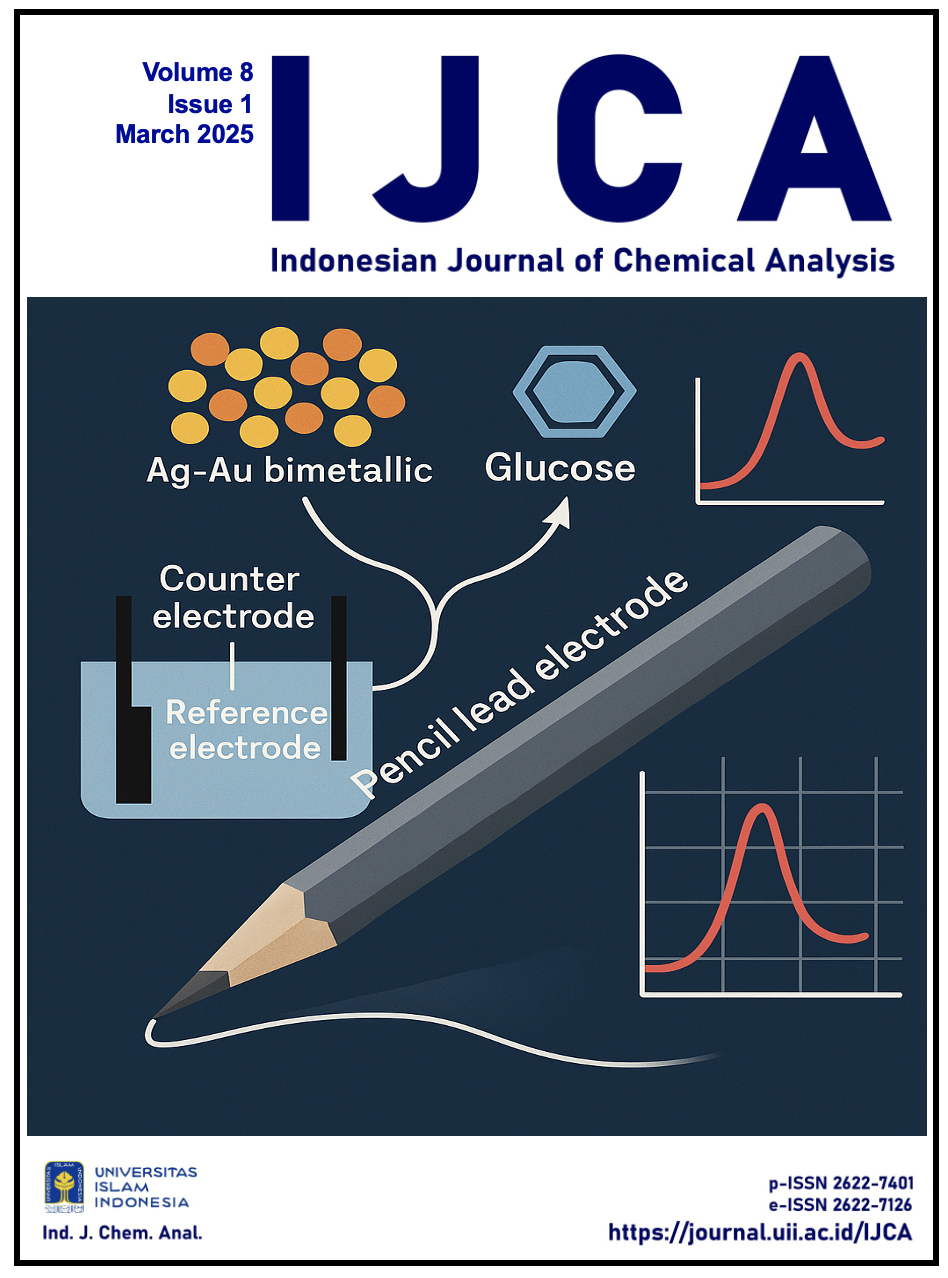Main Article Content
Abstract
The increasing demand for meat has increased the number of livestock slaughtered. An increase in cuts means an increase in the waste generated. One of the wastewater treatment techniques is the aluminium (Al) plate electrocoagulation method. Electrocoagulation is a coagulation process or coagulation and deposition of fine particles in wastewater by utilizing electrical energy through an electrolysis process so that it can degrade pollutants or contaminants in RPH liquid waste. This research was conducted to determine the effect of variations in current density and contact time and their effectiveness in reducing levels of COD and TSS, as well as increasing DO and optimum pH changes in abattoir waste. The current density variations used are 40, 45 and 50 A/m2 with 30, 60, 90, 120, 150 and 180 minutes of contact times. The effectiveness of electrocoagulation on the decrease in the highest TSS value was 96.04%, and COD was 76.81%, with a contact time of 180 minutes and a current density of 50 A/m2. The pH value increased at 50 A/m2 current density with a contact time of 180 minutes, an increase from 5.9 to 8.1, and the DO value increased at a current density of 50 A/m2 with a contact time of 180 minutes, an increase from 1.2 to 4,3 mg/L.
Keywords
Article Details
Copyright (c) 2025 Hanif, Abd Mujahid Hamdan, Arief Rahman, Yunasar

This work is licensed under a Creative Commons Attribution-ShareAlike 4.0 International License.
You are free to:
Share — copy and redistribute the material in any medium or format
Adapt — remix, transform, and build upon the material for any purpose, even commercially
Under the following terms:
Attribution — You must give appropriate credit, provide a link to the license, and indicate if changes were made. You may do so in any reasonable manner, but not in any way that suggests the licensor endorses you or your use.
ShareAlike — If you remix, transform, or build upon the material, you must distribute your contributions under the same license as the original
No additional restrictions — You may not apply legal terms or technological measures that legally restrict others from doing anything the license permits




